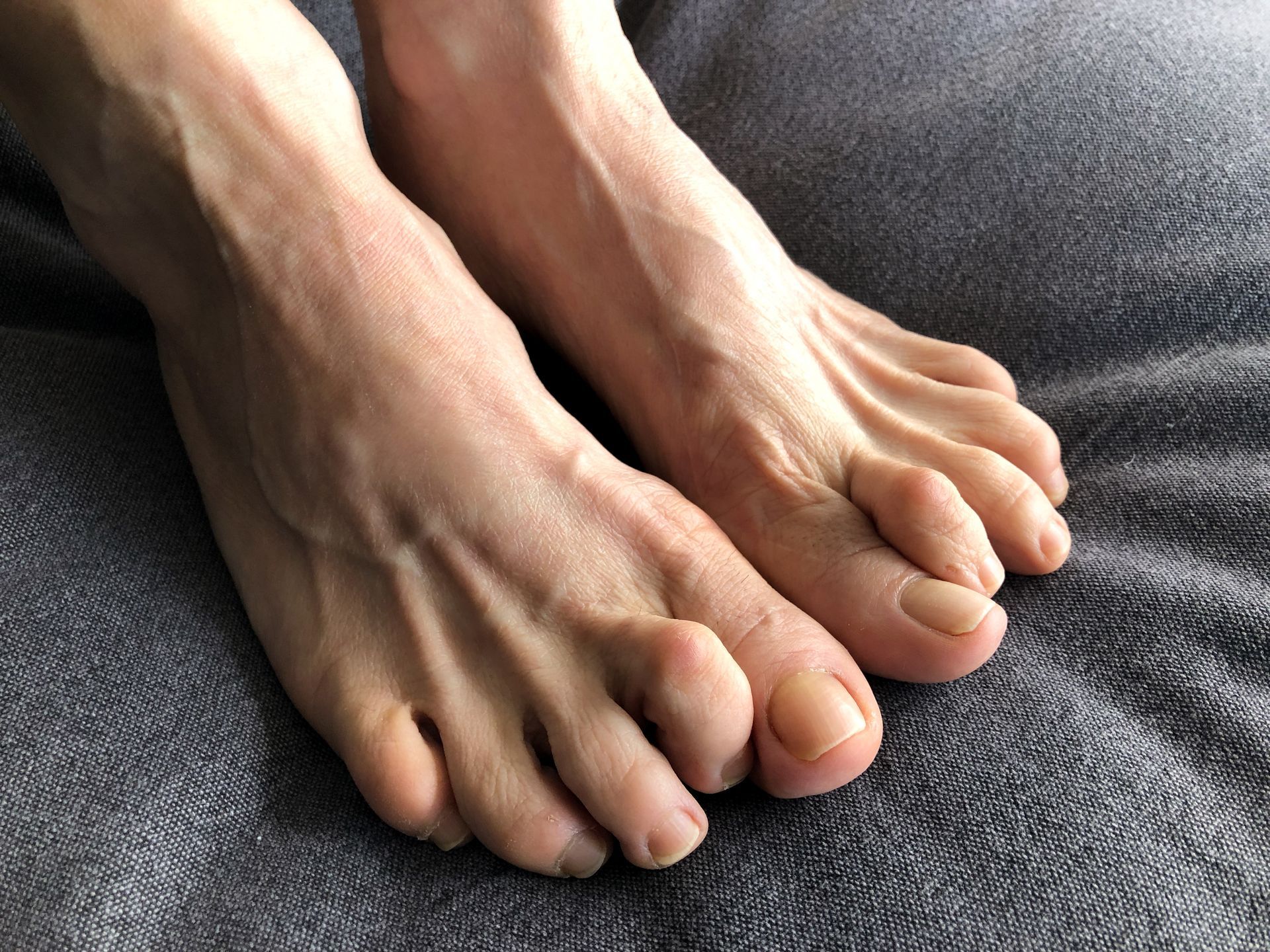Hammertoes

Early Treatment for Lasting Comfort
Comprehensive Care for Hammertoes
Hammertoes may start as a mild bend in the toe, but without early treatment they can become stiff and painful, often requiring surgery to correct. At Performance Foot & Ankle Specialists, LLC, Dr. Joel Segalman and Dr. Stephen Lazaroff provide expert care for hammertoes, beginning with conservative options like splinting, orthotics, and stretching exercises to restore flexibility and reduce discomfort. If the condition progresses, our team also offers advanced surgical solutions to realign the toe and relieve pressure. With the right treatment, we help you regain comfort, improve mobility, and prevent further complications.
Start Your Journey to Wellness Today
Talk With Foot and Ankle Specialist Today!
Ready to take the first step towards healthier, pain-free feet? Contact us to schedule an appointment or to learn more about our foot and ankle services. Our dedicated podiatric team is here to provide personalized care and answer any questions you may have about your lower extremity concerns. Reach out today and let us help you achieve optimal foot health and mobility for an active lifestyle.
Schedule an Appointment
Choose the location that’s most convenient for you and book by phone or online:
- Waterbury, CT – (203) 755-0489 | Schedule Online
- Newtown, CT – (203) 270-6724 | Schedule Online

